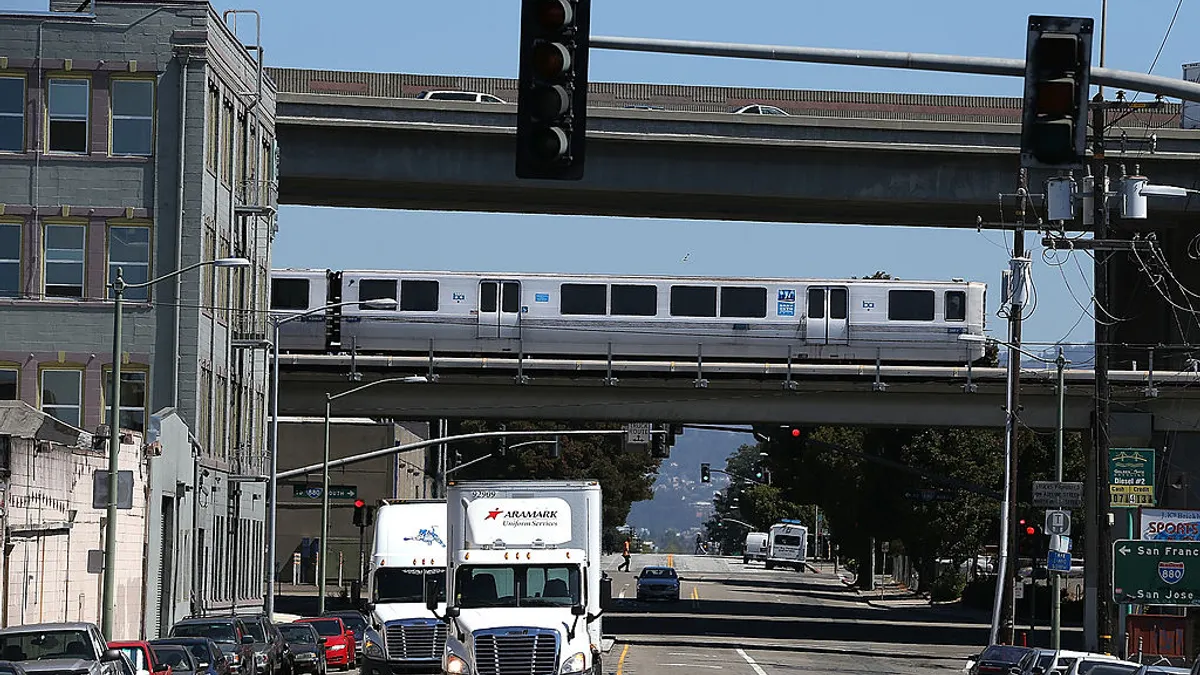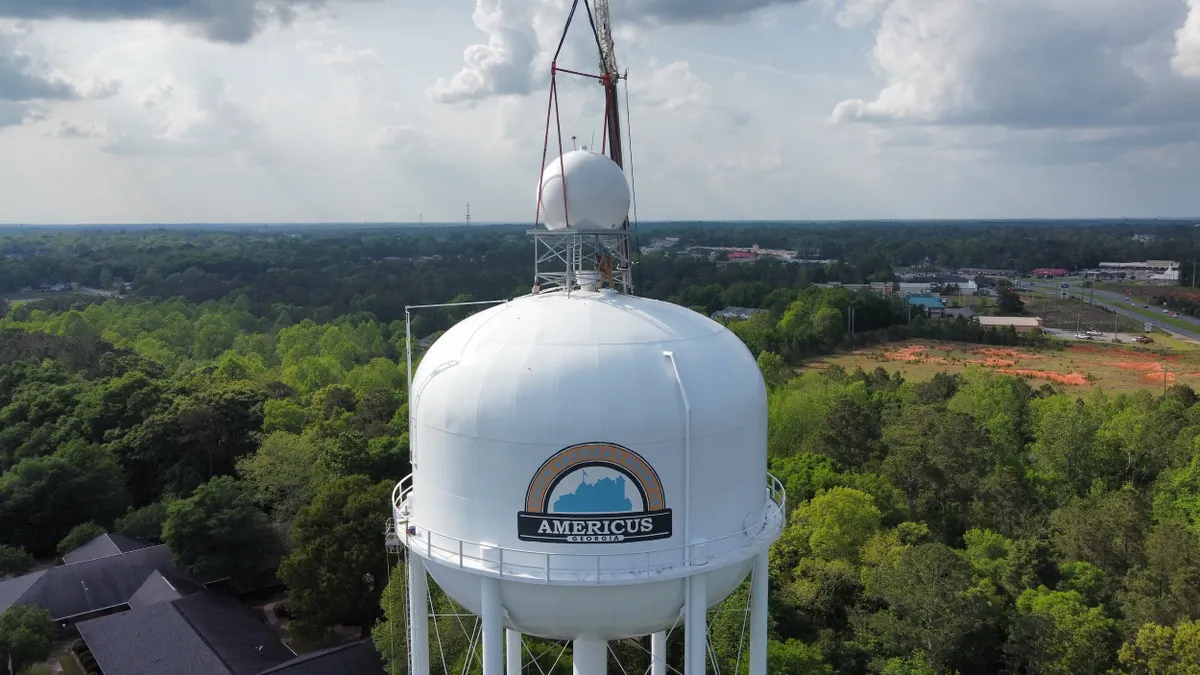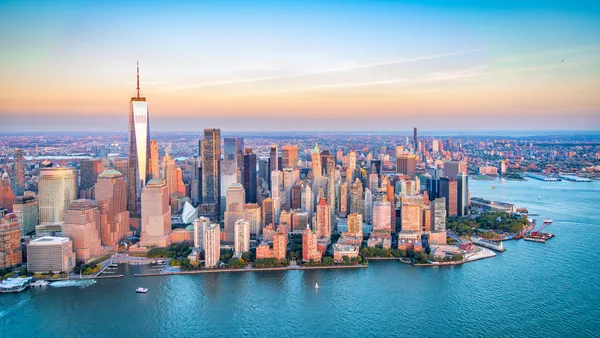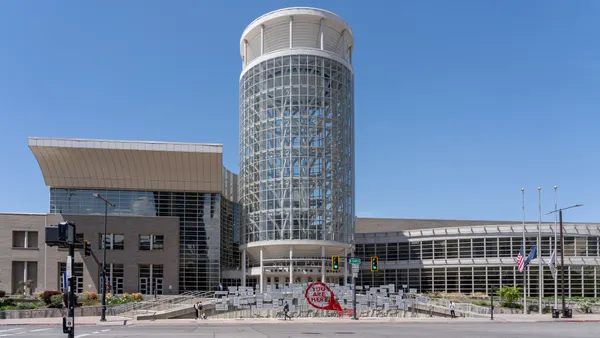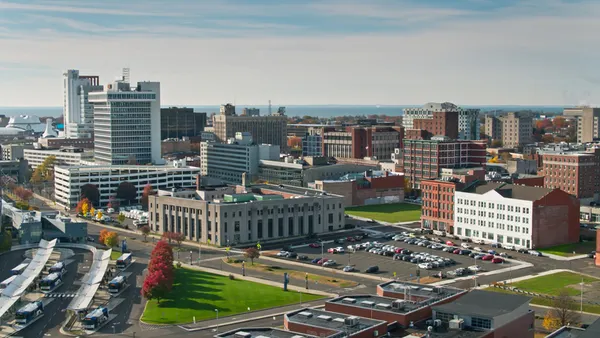California is poised to approve legislation that will make it legal to build more multifamily housing near the highest-capacity transit stops across the state, regardless of local zoning restrictions.
The California Legislature voted 21 to 8 on Friday to pass SB 79, the Abundant & Affordable Homes Near Transit Act, which now heads to Gov. Gavin Newsom’s desk for signature into law. He must sign or veto the legislation by Oct. 12.
The bill will help lower housing costs by increasing the supply of homes near high-frequency transit, while simultaneously bolstering those transit systems, according to its author, State Sen. Scott Wiener (D-San Francisco). The bill will apply to any qualifying site zoned for residential, mixed-use or commercial properties within a half-mile of qualifying transit, or within a quarter-mile for small cities of less than 35,000 residents.
“Building more homes in our most sustainable locations is the key to tackling the affordability crisis and locking in California’s success for many years to come,” Wiener said in a Sept. 12 press release. “Decades of overly restrictive policies have driven housing costs to astronomical levels, forcing millions of people away from jobs and transit and into long commutes from the suburbs.”
Specifically, SB 79 will allow apartments to be built near San Francisco BART, LA Metro, MTS Trolley and “true” bus rapid transit with dedicated lanes, such as LA's G Line, per California YIMBY, an advocacy group and sponsor of the legislation. It will also allow transit agencies to develop their own land, opening up a new potential revenue source. This ‘rail plus property’ model has been key to making transit self-sustaining in Hong Kong, as well as in other East Asian countries, per New York City-based consulting firm McKinsey.
Height limits will vary from 4 to 9 stories based on the frequency of transit service and distance from major stations. The legislation will only apply in counties with at least 15 passenger rail stations: Los Angeles, San Diego, Orange, Santa Clara, Alameda, Sacramento, San Francisco and San Mateo.
All projects will include a minimum affordability standard, and there would be incentives for even deeper affordability through density bonuses based on affordability level. On top of existing displacement protection law, SB 79 projects also cannot require the demolition of rent-stabilized homes of 3 units or above or multifamily housing that has had tenants in the last 7 years.
The legislation is not without its detractors: Because SB 79 would override the planning decisions of local governments, the upzoning bill had to overcome opposition from a host of city governments and their supporters, Cal Matters reported.
California has been on a pro-housing development tear this year. In June, lawmakers exempted most urban apartment projects from the California Environmental Quality Act, the state’s main environmental review law. Newsom also signed a bill that freezes the building standards for all new housing until 2031 and largely prevents local jurisdictions from making their own changes.
Click here to sign up to receive multifamily and apartment news like this article in your inbox every weekday.



